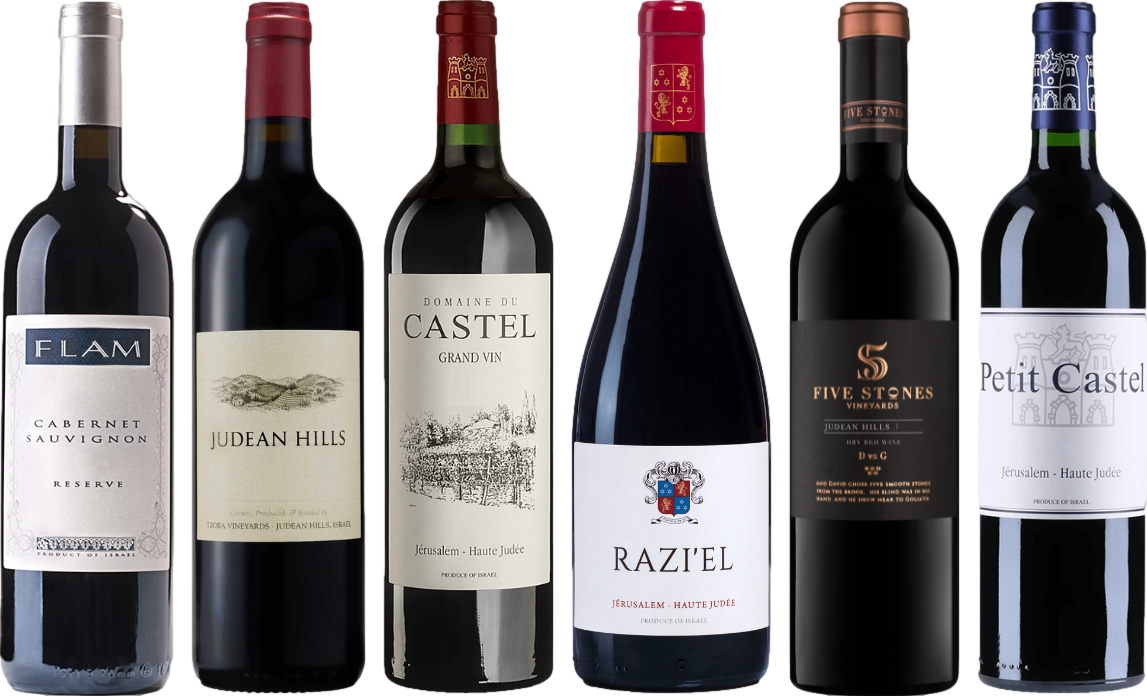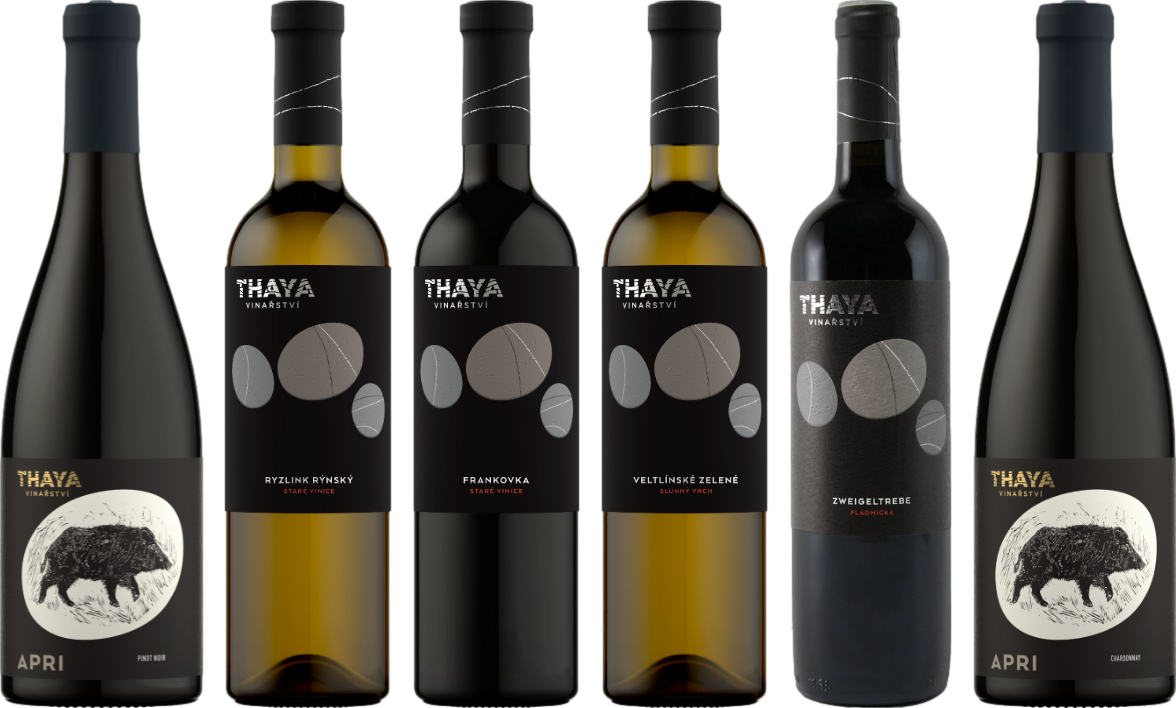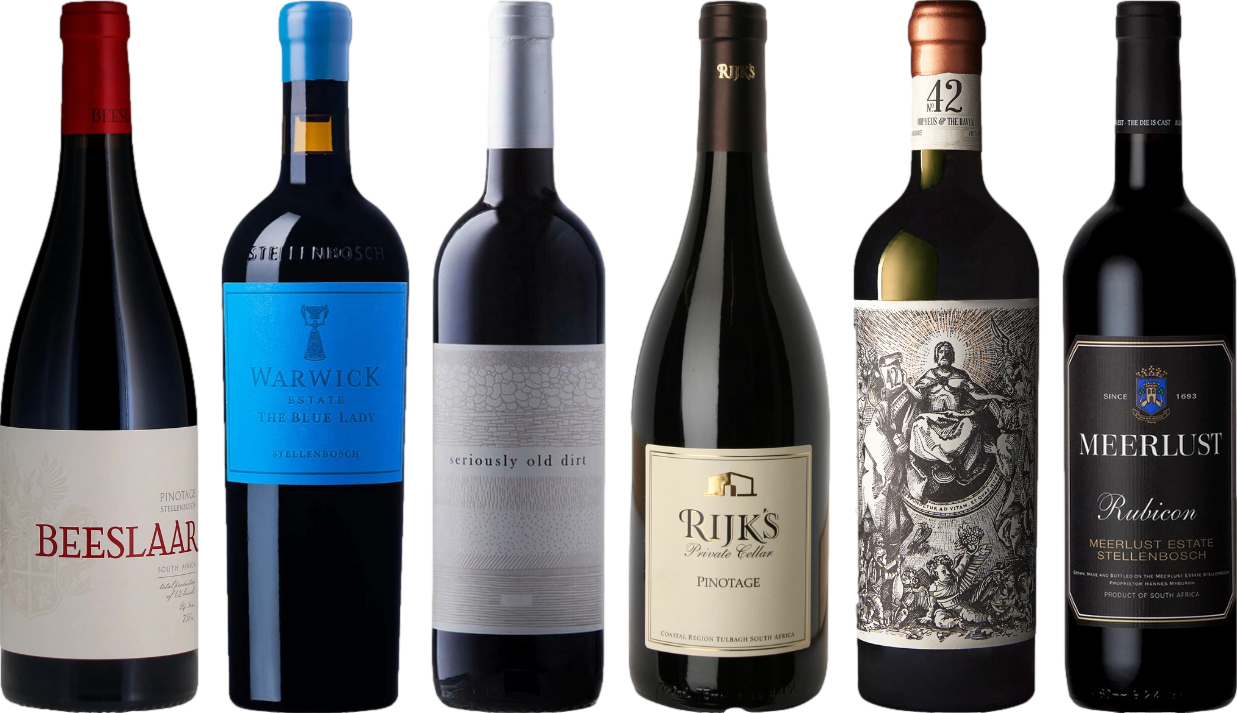



Serve at a temperature between 60-65°F (15-18°C) for optimal flavor release. This ensures the complexities within the beverage are fully appreciated, enhancing the tasting experience. Proper glassware is equally important; a generous bowl allows for the necessary aeration, while a narrower rim directs aromas to the nose.
Swirl gently to introduce air, releasing volatile compounds that contribute to the bouquet. Take a moment to inhale the aromas before taking a sip, allowing the senses to engage. A small sip should coat the palate; focus on the balance of acidity, tannins, and fruit. Identify the layers of flavor that unfold as it lingers, noting the finish and any evolving characteristics.
Pair thoughtfully with food, considering complementary flavors. Richer reds often pair well with hearty dishes, while lighter options can elevate poultry or seafood. Experiment with contrasts to discover new dimensions in both the beverage and the meal. This exploration can lead to delightful surprises and deepen appreciation for each unique pour.
Selecting the Right Glass for Red Wine
A wide-bowled glass is ideal for serving darker varietals like Cabernet Sauvignon or Syrah. This shape allows for better aeration, enhancing the richness of flavors and aromas.
For lighter options, such as Pinot Noir, a slightly narrower bowl retains the delicate notes, ensuring a balanced tasting experience. The rim should be thin, directing the liquid smoothly onto the palate.
Consider the stem length as well. A longer stem prevents heat transfer from hands, preserving the wine’s temperature. This is particularly important for reds served at optimal warmth.
Look for crystal or high-quality glassware that allows for clarity and brilliance. This enhances the visual appeal, revealing the wine’s true color and brilliance.
Lastly, ensure the glass is not too large. A standard capacity of around 12 to 14 ounces is sufficient. This allows for swirling without spilling, maximizing exposure to oxygen.
Understanding the Ideal Serving Temperature
The optimal temperature range for serving a full-bodied red varietal is between 60°F and 65°F (15°C to 18°C). This temperature enhances the aromas and flavors, allowing the nuances of the beverage to unfold beautifully.
For lighter varietals, aim for a slightly cooler range of 55°F to 60°F (13°C to 15°C). This accentuates the crispness and freshness, presenting a delightful drinking experience.
To achieve the desired temperature, it’s advisable to chill the bottle in the refrigerator for about 30 minutes before serving. Alternatively, a quick immersion in ice water for approximately 10 to 15 minutes can also be effective.
Use a thermometer to check the temperature accurately. Serving too warm can overwhelm with alcohol, while too cold may mute the flavors, diminishing the overall experience.
Lastly, consider that temperature can change as the beverage sits in the glass. Holding the glass by the stem can help maintain a more consistent temperature while sipping. Enjoying the nuances of the drink becomes more rewarding when served correctly.
Pouring Techniques for Optimal Flavor
Begin with a gentle tilt of the bottle at a 45-degree angle, allowing the liquid to flow smoothly into the glass. This technique minimizes splashing, which can disturb the delicate aromas. Aim for the center of the glass, filling it to about one-third full to allow for proper aeration.
Decanting for Enhanced Complexity
Utilizing a decanter can significantly elevate the tasting experience. Pouring the beverage into a decanter allows for increased exposure to oxygen, enhancing flavors and aromas. For younger varieties, let them breathe for approximately 30 minutes; older selections may need less time to avoid losing their character.
Aeration Methods
In addition to decanting, consider using an aerator. This tool accelerates the oxidation process, allowing the drink to open up more rapidly. Hold the aerator above the glass while pouring, ensuring an even distribution of air and liquid. This method is particularly beneficial for robust vintages, revealing hidden notes and subtleties.
| Technique | Description | Recommended Duration |
|---|---|---|
| Standard Pour | Pour into the glass at a 45-degree angle, filling to one-third. | N/A |
| Decanting | Transfer to a decanter to enhance aeration. | 30 minutes for young, less for older selections. |
| Aeration | Use an aerator while pouring for immediate oxygen exposure. | Immediate effect. |
Implementing these pouring techniques can greatly influence the overall tasting experience, allowing for the full expression of flavors and aromas in each glass. Enjoy the nuances that emerge with every pour.
Swirling and smelling: enhancing the experience
Begin by gently swirling the glass to aerate the liquid. This action releases volatile compounds, allowing aromas to bloom. Hold the stem of the glass to avoid warming the contents with your hand.
Next, bring the glass to your nose. Inhale deeply to capture the full spectrum of scents. Focus on identifying primary aromas like fruit, spice, or earthiness. This step is crucial for understanding the complexity of the beverage.
Consider the importance of the glass shape; a wider bowl allows for greater exposure to air, intensifying the aromatic profile. If you’re curious about related cleaning methods, check out the best chemical to use with pressure washer to remove mold for maintaining your wine accessories.
Finally, take a moment to appreciate the nuances of the fragrance. Each sip will be enriched by the aromas experienced beforehand, enhancing overall enjoyment. This practice transforms a simple tasting into a multi-sensory experience, fully engaging the palate and olfactory senses.
Pairing Red Wine with Food for Better Enjoyment
The key to enhancing the tasting experience lies in selecting complementary dishes. For example, a rich Cabernet Sauvignon harmonizes beautifully with grilled meats, particularly steak, as the robust tannins cut through the fat, enhancing both elements. A Chianti, with its acidity, pairs perfectly with tomato-based Italian dishes, balancing the flavors effectively.
For those who enjoy a lighter varietal, such as Pinot Noir, consider serving it alongside salmon or roasted chicken. The wine’s subtle fruit notes and earthy undertones elevate the dish without overpowering it. Alternatively, a full-bodied Malbec can shine when paired with barbecued ribs, where the smoky flavors and sweetness of the sauce find a perfect match.
Cheese selections also play a significant role in pairing. Aged cheeses, like Gouda or Gruyère, work well with bold wines like Zinfandel. If opting for a cheese board, include a variety of textures and flavors to contrast and complement the chosen vintage.
When it comes to desserts, a fruity wine such as a port or a dessert-style Grenache can enhance chocolate treats or berry-based desserts. The sweetness in the wine mirrors the flavors in the dessert, creating a delightful finale to the meal.
Experimentation is encouraged. Keep a journal of pairings to discover unique combinations that resonate with personal preferences. Trust your palate and enjoy the process of exploration.
Proper sipping techniques to savor the taste
Begin with a small sip, allowing the liquid to coat your palate. This method reveals the complexity of flavors present.
Consider the following steps for an enhanced tasting experience:
- Temperature awareness: Ensure the beverage is at the ideal serving temperature, as this significantly influences the flavors.
- Control the amount: A modest sip is preferable. It prevents overwhelming the senses and allows for better analysis of the profile.
- Let it linger: Hold the liquid in your mouth for a few seconds before swallowing. This technique aids in identifying various notes.
- Examine the finish: Pay attention to the aftertaste. The lingering flavors can reveal much about the quality and character of the selection.
- Experiment with aeration: Consider allowing the liquid to mix with air slightly in the mouth. This can enhance aromatic qualities.
By applying these techniques, the full spectrum of flavors becomes more apparent, enriching the overall experience of tasting. Enjoying each sip is about mindfulness and appreciation of the craftsmanship behind every bottle.









